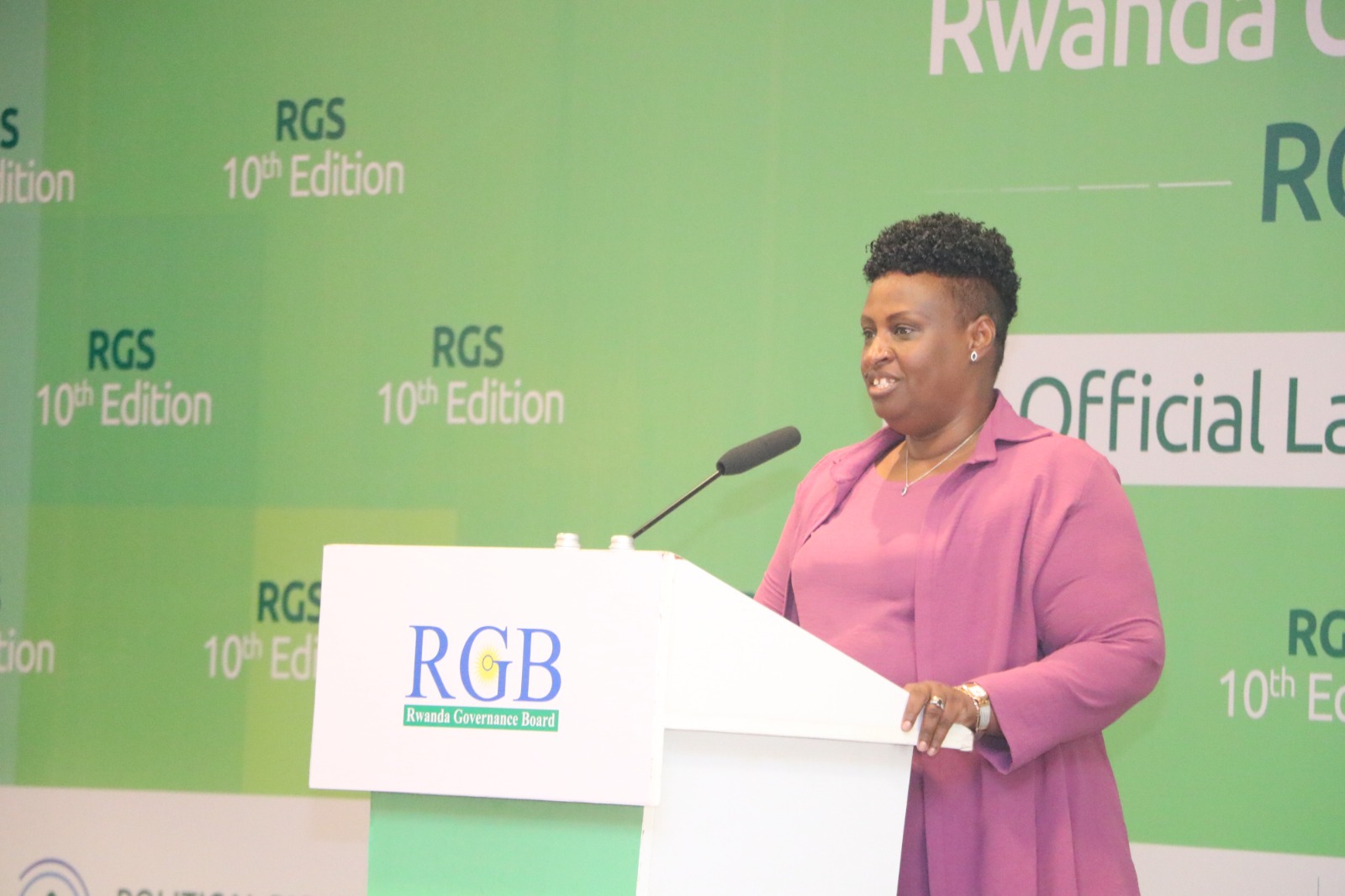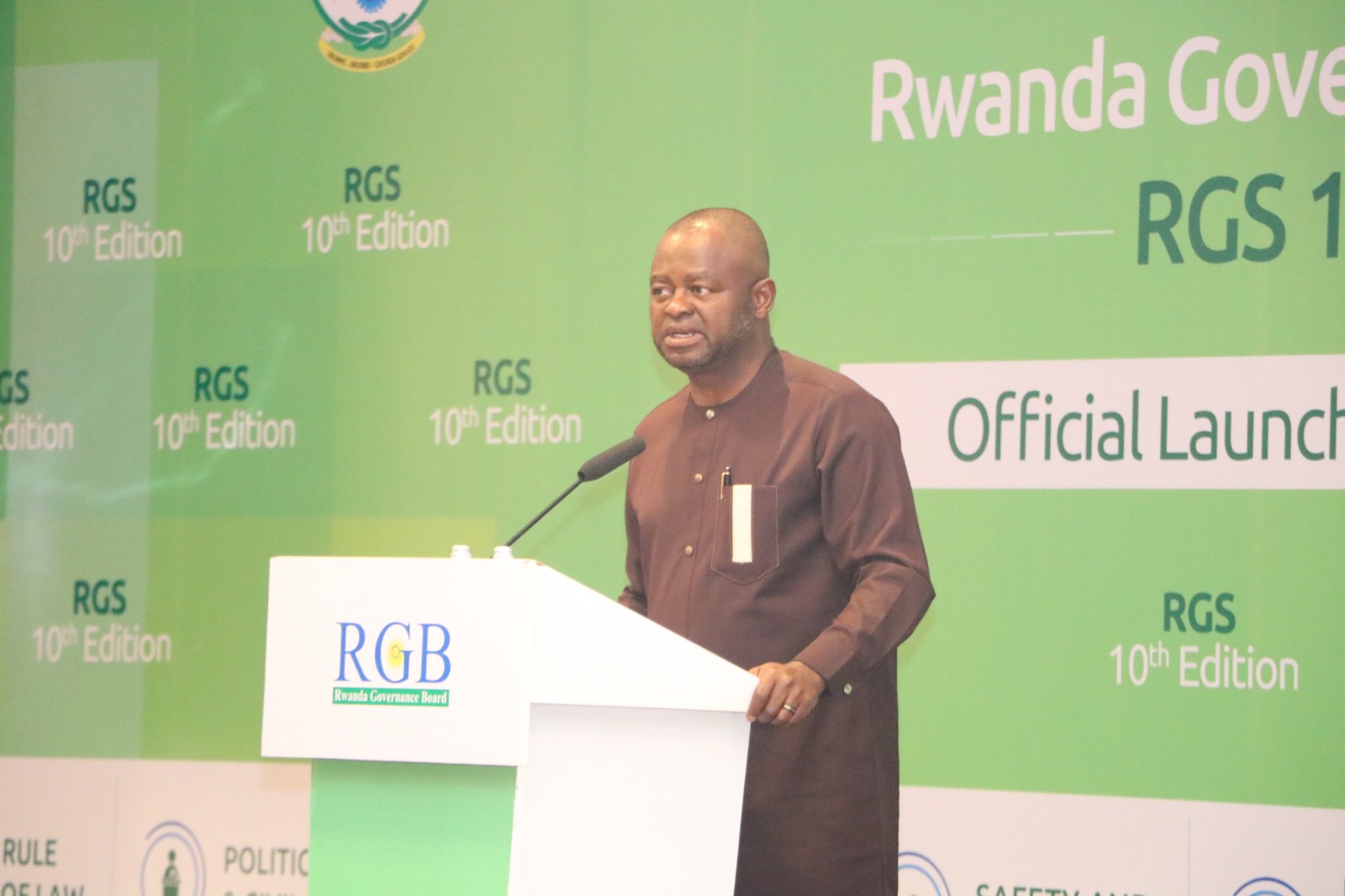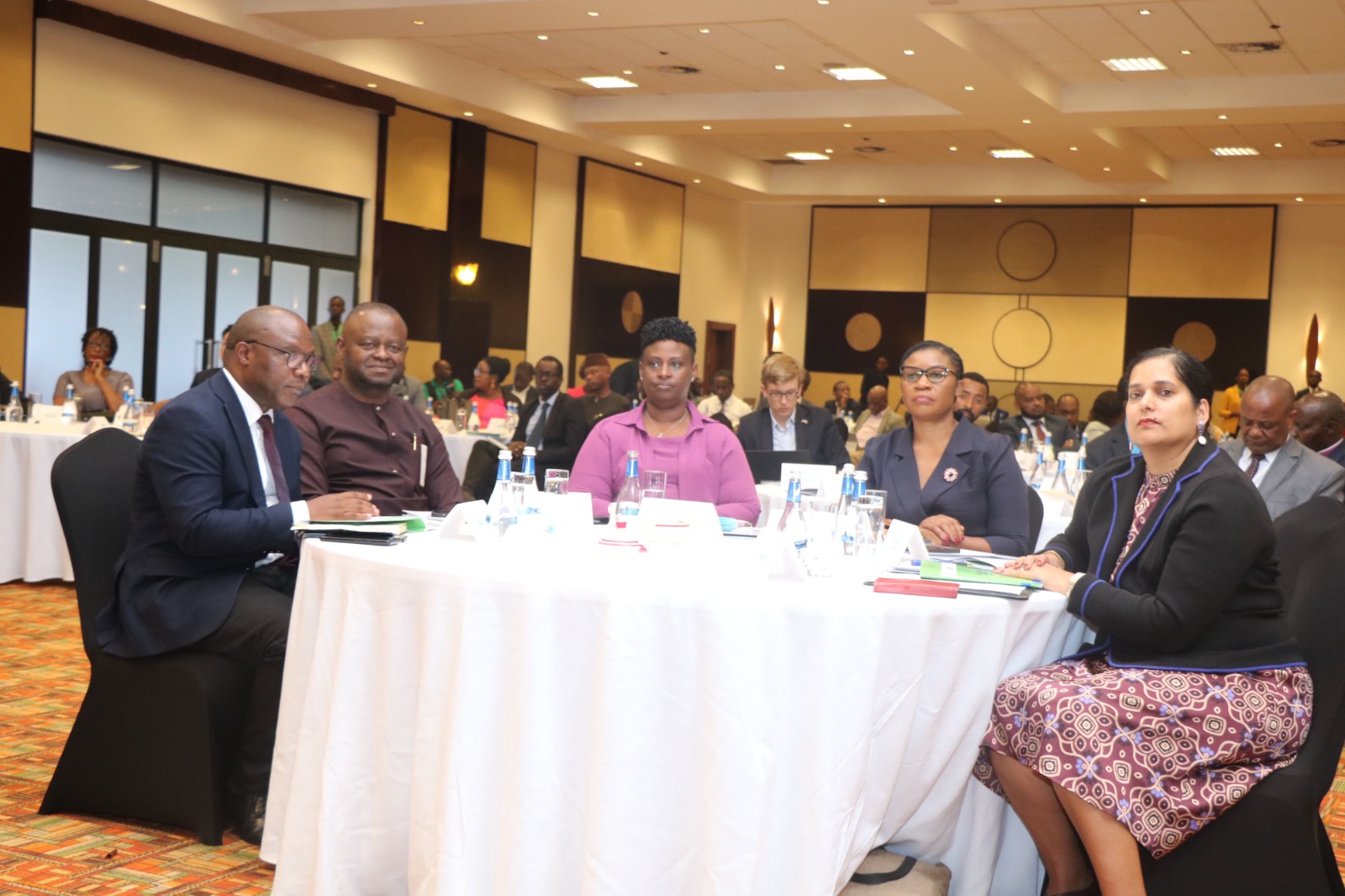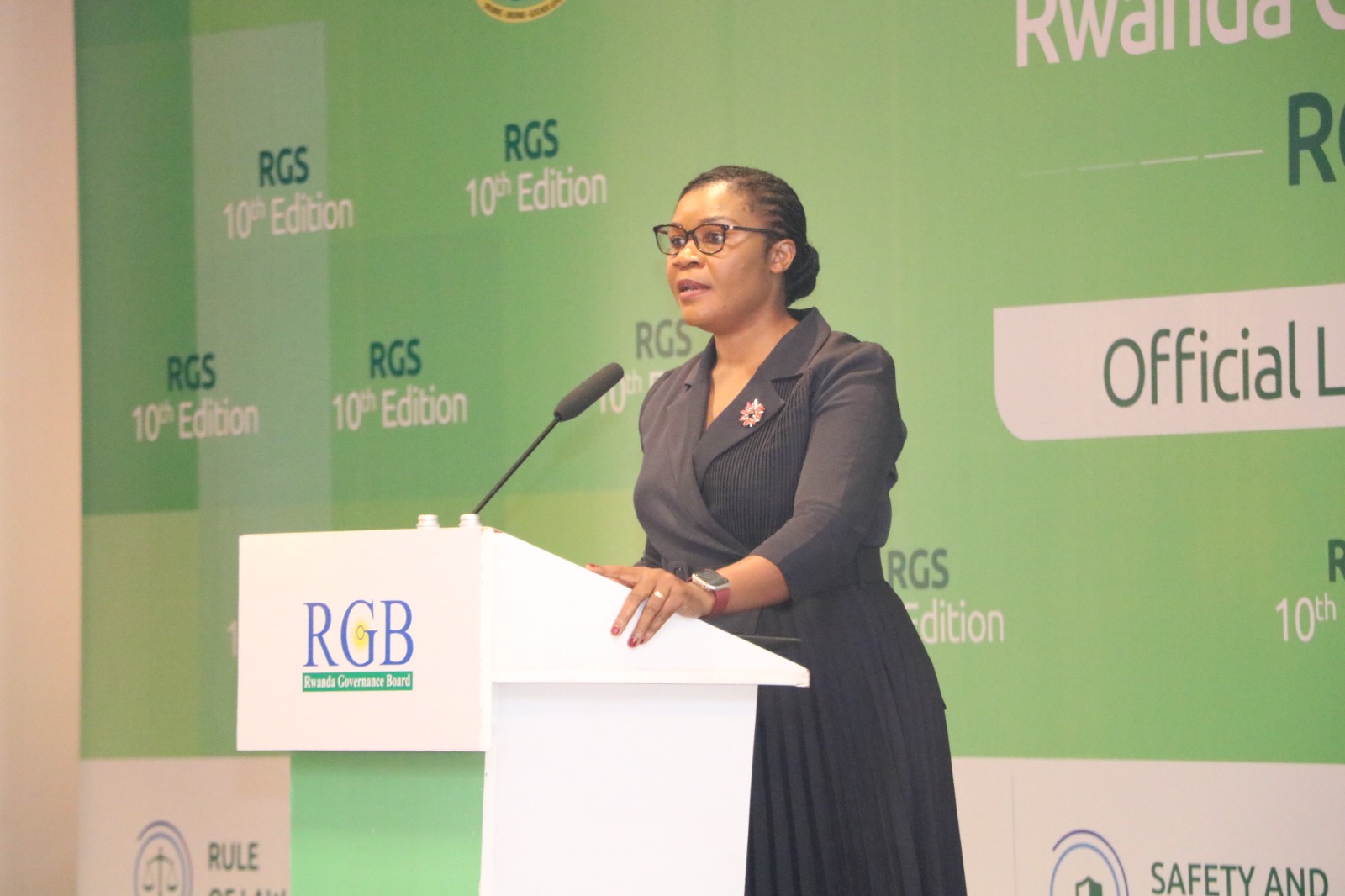
RGB CEO Usta Kayitesi
The Rwanda Governance Scorecard (RGS), 2023 is out for its 10th outing. The scorecard is arguably as good a metric for the state of the nation’s governance, as any the world has to offer.
Since 2011, the Rwanda Governance Board (RGB) has led the collection of data, to evaluate the country’s governance. The report looks at policy implementation, how efficiently, effectively, it has been implemented, and above all, the perception of the intended beneficiaries of policy, the governed.
In the words of the RGB, the scorecard is intended to “consistently assess the state of the governance…objectives aer are to generate credible and reliable data on governance, to serve as an evidence-based source to inform policy, decision making and implementation…”
 The RGS employs a simple traffic light system of green, yellow, amber and red, to indicate where things are going as expected, and flag up areas of concern. There are recommendations for policy makers and administrators, to suggest what improvements are needed, and how they might best be put in place.
The RGS employs a simple traffic light system of green, yellow, amber and red, to indicate where things are going as expected, and flag up areas of concern. There are recommendations for policy makers and administrators, to suggest what improvements are needed, and how they might best be put in place.
Underlying that however, is a proecess which, as RGB puts it, “employs advanced research methods in global governance, contexualised for national realities. It builds on global indicators customised to local context and relies on a wealth of new local data…”
 The research is aligned along eight “pillars”, rule of law, economic and corporate governance, quality of service delivery, anti-corruption transparency and accountability, investing in human and social development, safety and security, particapation and inclusiveness, political rights and civil liberties. The pillars are further broken down into indicators, which are then broken down into variables, with the latter subject to change.
The research is aligned along eight “pillars”, rule of law, economic and corporate governance, quality of service delivery, anti-corruption transparency and accountability, investing in human and social development, safety and security, particapation and inclusiveness, political rights and civil liberties. The pillars are further broken down into indicators, which are then broken down into variables, with the latter subject to change.
The rule of law for instance, branches out into indicators, such as performance of the judiciciary, performance of the proescution and access to justice. Variables can include trust in the judiciary, independence of the courts, level of citizen satisfaction.
Combining primary and secondary data, the RGS avoids the one size fits all that often characterises the global approach to less advanced nations. The findings are measured against National Strategic Transformation (NST) targets, giving a picture that makes sense locally, but also regionally and internationally.

Minister in office of the president Judith Uwizeye
In the 10th RGS, five of the pillars, security/safety, rule of law, political rights and civila liberties, anti-corruption measures, transparency and accountability, participation and inclusivity, continue to be well regarded, in green on the traffic lights system. Three, including economic and corporate governance and quality of service delivery, remain in yellow.
Of thirty-five indicators, twenty-four, including political rights, civil liberties, safety and security, are in green. Eleven are in yellow, which according to the system, calls for some attention, but not the particular concern of amber or red.
Of the 151 variables, 102 are in green, up from 91 in the last RGS, wth 38 in yellow, down from 43, the previous RGs.
 The presentation of the RGS is only the beginning of the process. The research will form a basis for consultation, evaluations, including one of the broadest of all consultations, the Joint Action Development Forum (JADF). This includes diverse bodies and individuals, all development “change makers,” from civil society organisations, religious bodies, development partners, diplomats, non governmental organisations (NGOs), in short, anyone involved in the nation’s development. Their views will be heard, and many will be incorporated into policy.
The presentation of the RGS is only the beginning of the process. The research will form a basis for consultation, evaluations, including one of the broadest of all consultations, the Joint Action Development Forum (JADF). This includes diverse bodies and individuals, all development “change makers,” from civil society organisations, religious bodies, development partners, diplomats, non governmental organisations (NGOs), in short, anyone involved in the nation’s development. Their views will be heard, and many will be incorporated into policy.

